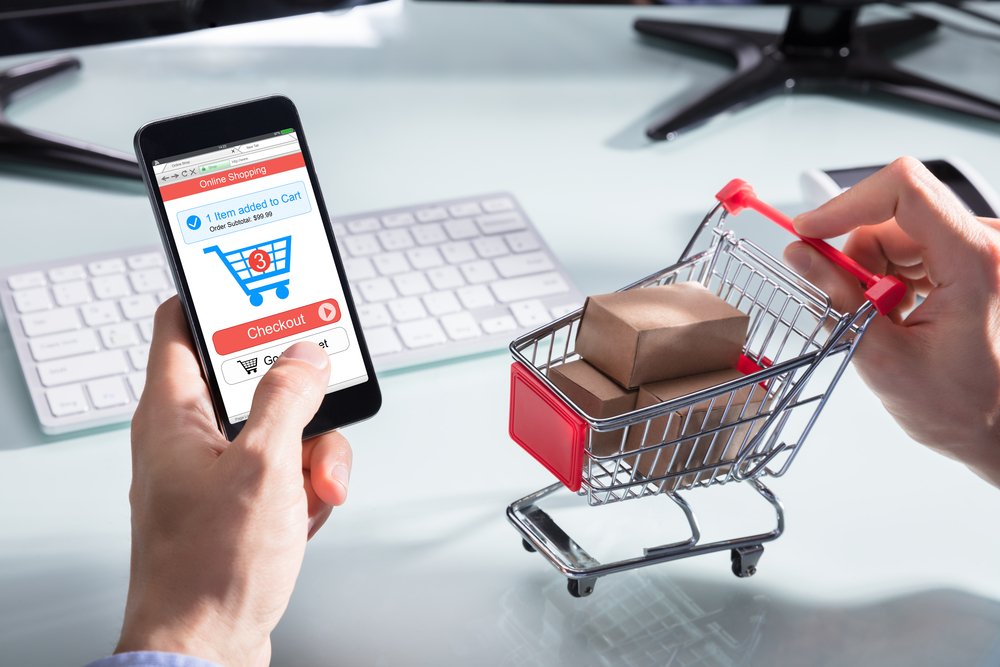
Online auto parts sales have surged nearly fourfold since 2016, outpacing the overall automotive aftermarket by a wide margin, according to a new report from Lang Marketing.
Between 2016 and 2024, e-commerce auto parts sales grew at a rate more than six times faster than the total light vehicle aftermarket. The shift reflects changing consumer habits, accelerated by the pandemic and supported by growth across three key sectors: Do-it-yourself (DIY), business-to-business (B2B), and online-to-offline (o2o) transactions.
The onset of COVID-19 in 2020 marked a turning point, noted the report. While overall aftermarket product sales fell nearly 10 per cent that year, e-commerce auto parts volume jumped almost 40 per cent. That surge continued through 2023 as the aftermarket rebounded, adding $19 billion in sales at user price. Growth slowed in 2024, returning to a more typical pace, but e-commerce still captured a much larger share of the market than before the pandemic.
Lang Marketing estimated the U.S. light vehicle aftermarket reached more than $257 billion at user price in 2024, with e-commerce nearly tripling its share compared to 2016. The analysis includes tires, wheels, accessories, collision parts and other products.
DIY sales accounted for the largest share of e-commerce growth over the past eight years, though their market share has declined as other segments expanded. B2B transactions generated a one-third larger share of growth than their 2024 market share, while o2o sales — where consumers buy parts online and have them installed offline — recorded rapid gains.
The report also notes significant changes in how e-commerce transactions are structured. First-party (1P) sales, where platforms own and distribute inventory, compete with third-party (3P) models, where manufacturers and distributors sell directly through marketplaces like Amazon and eBay. A hybrid second-party (2P) model has also grown, allowing platforms to handle sales and distribution without owning inventory.
Lang Marketing said it expects e-commerce to remain a major growth driver for the U.S. aftermarket, even as overall market expansion slows.
Image credit: Depositphotos.com

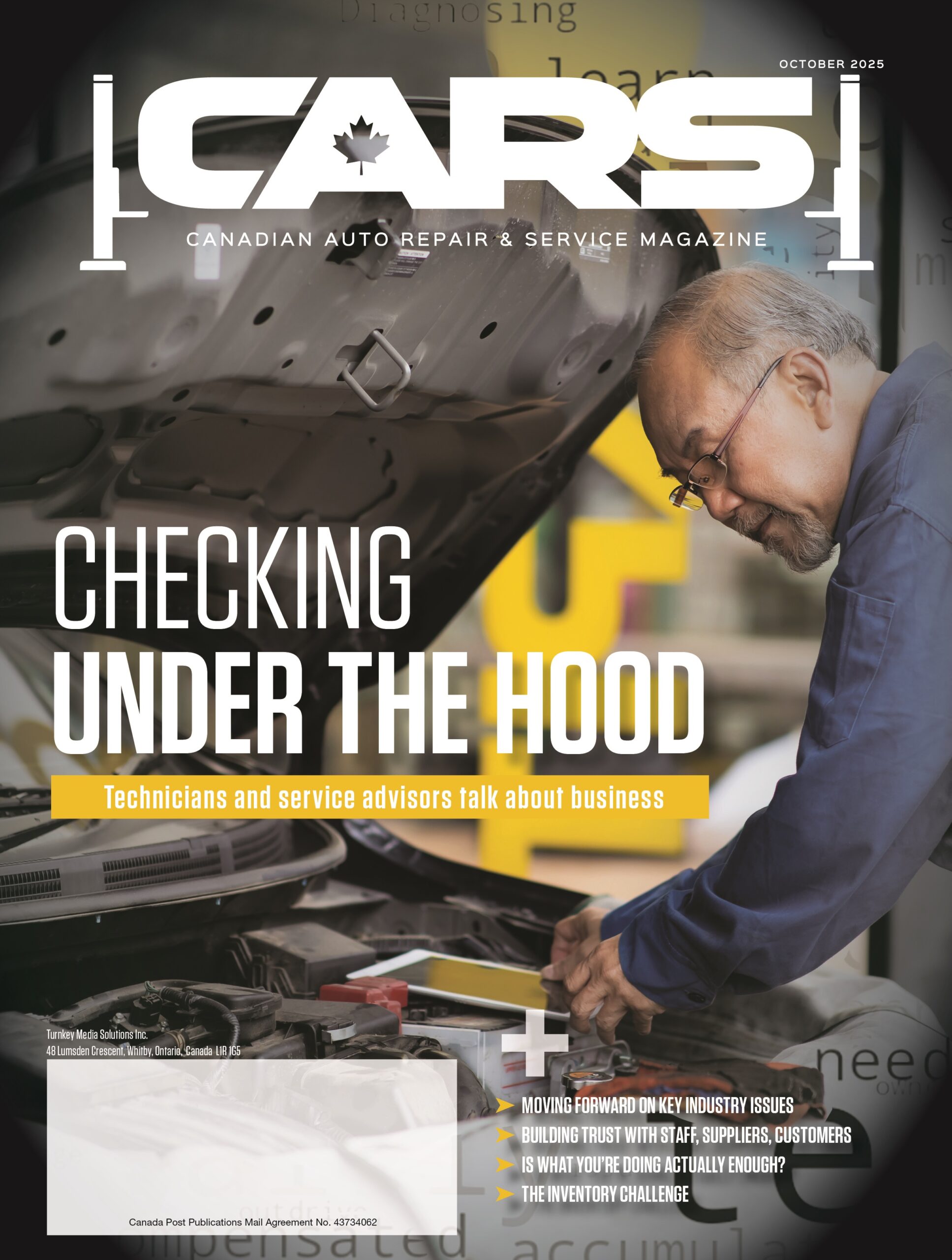

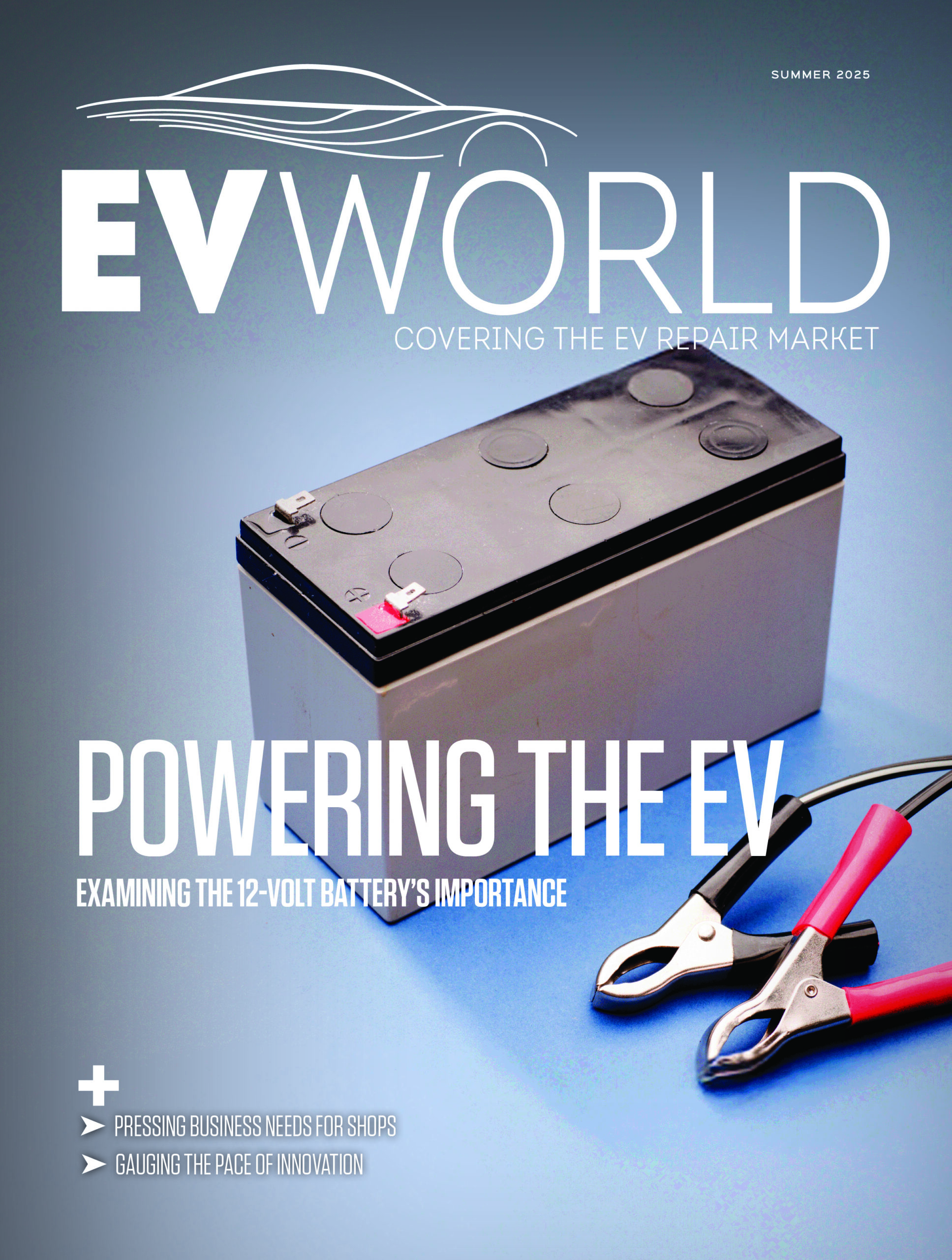

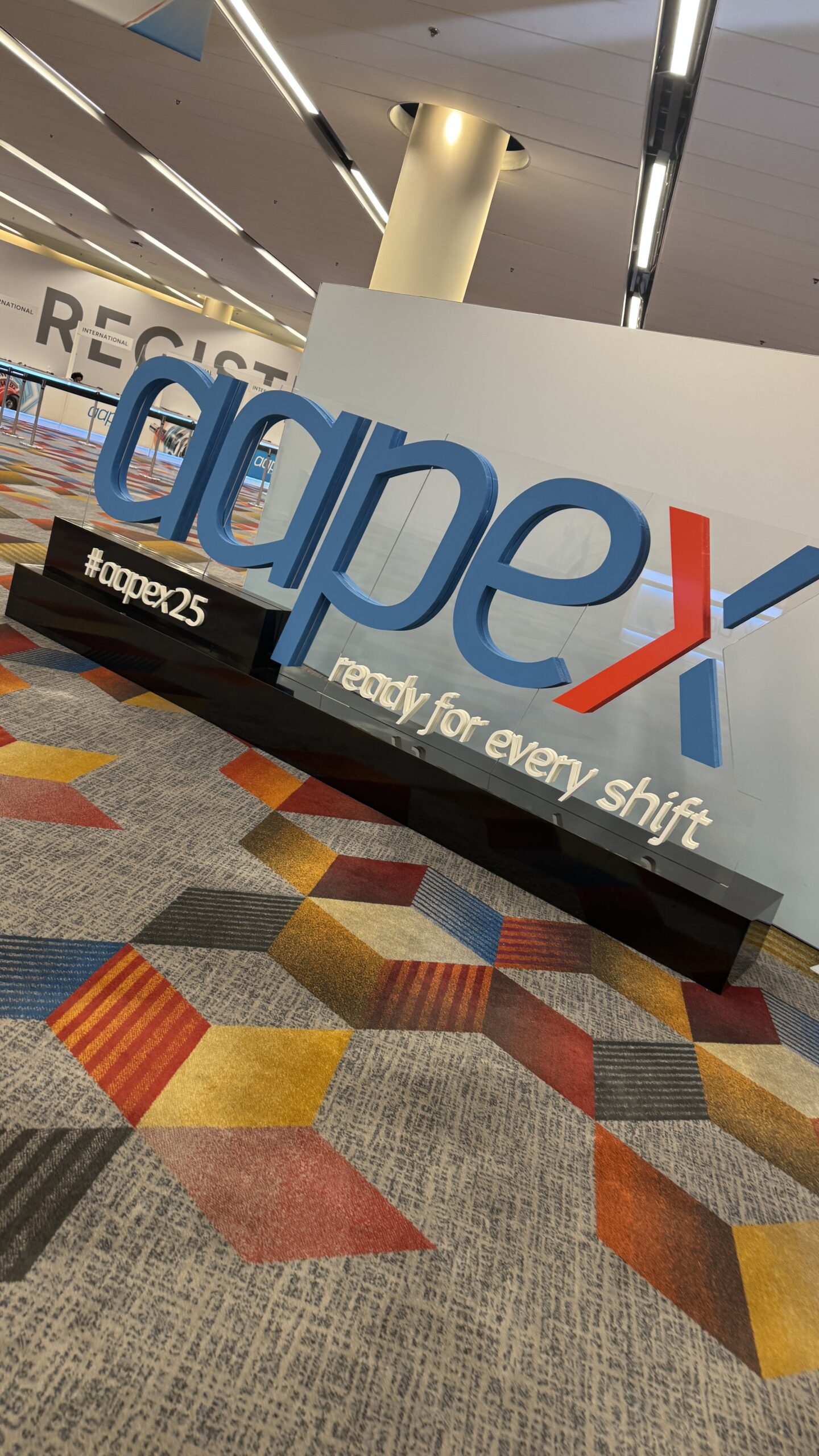

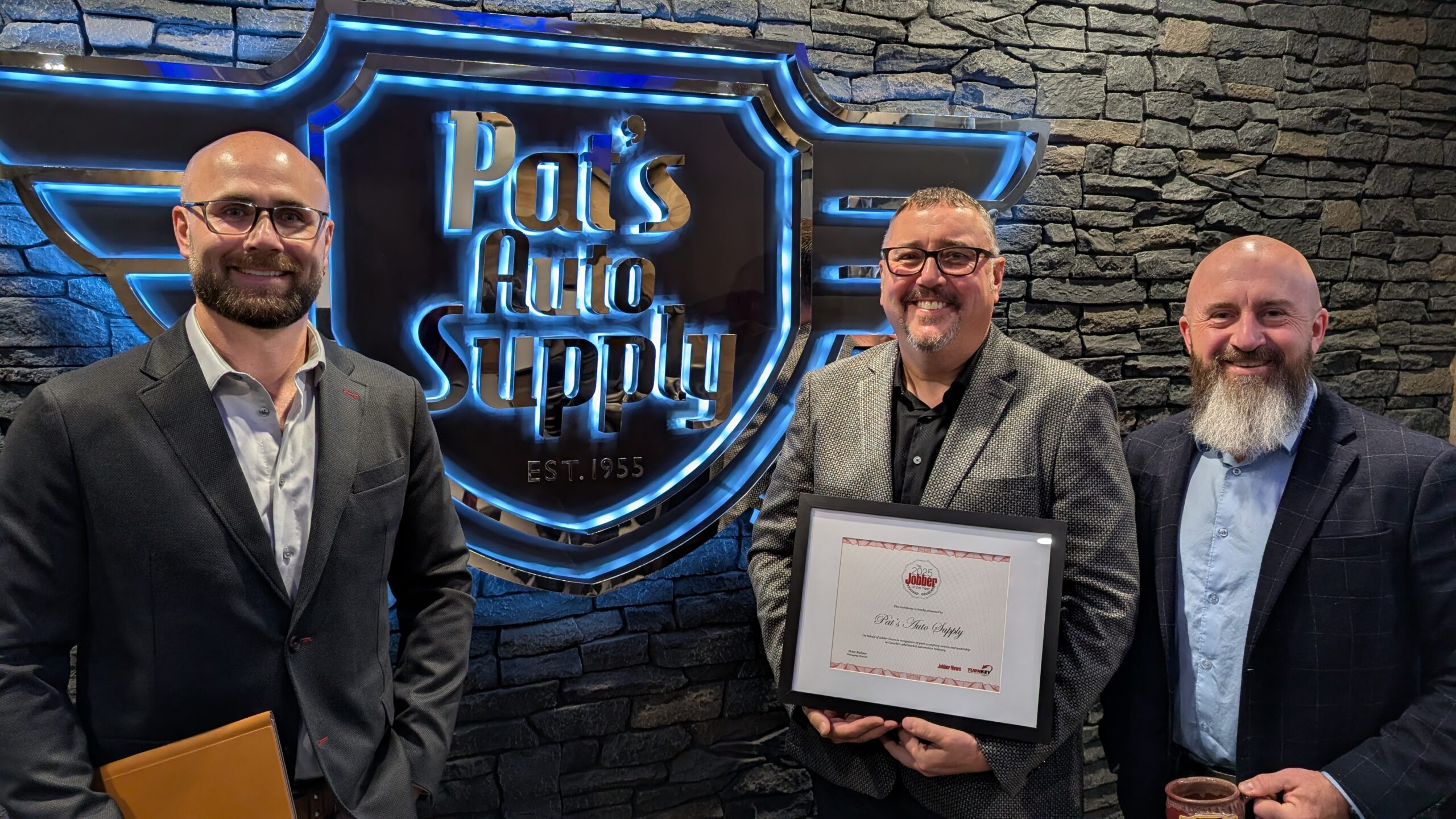


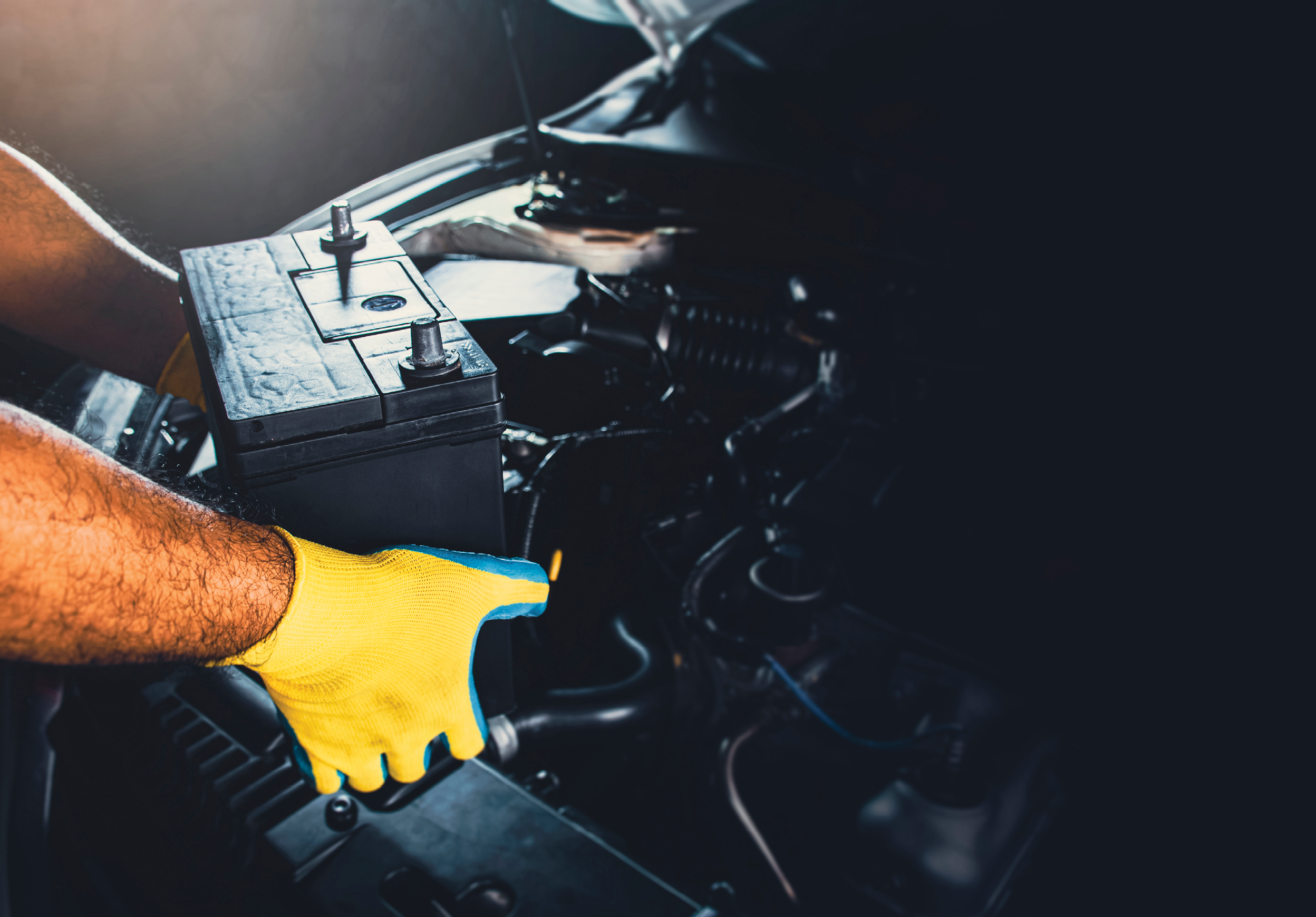


Leave a Reply